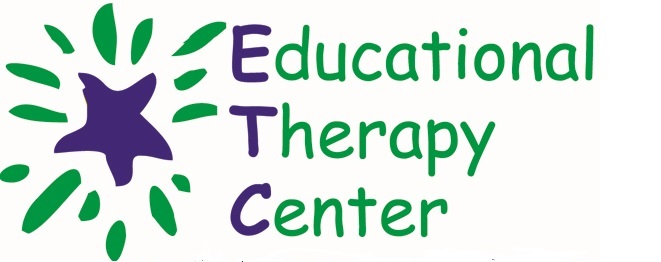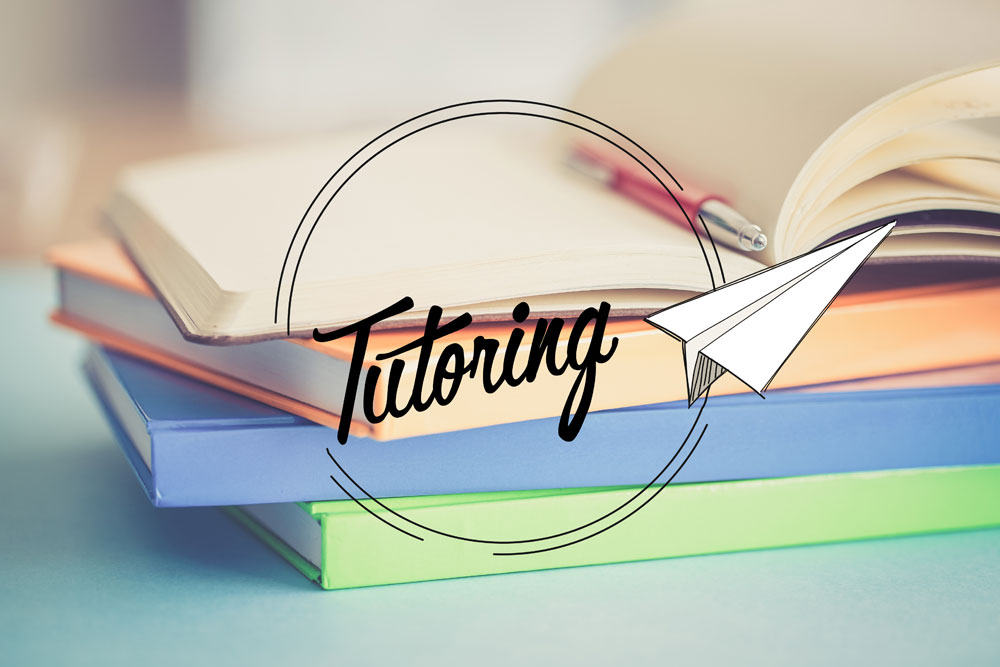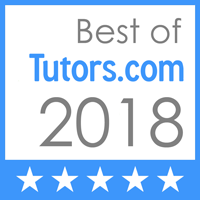Have you ever wondered why we spell train and play differently? They both have the long ā sound. Like you, our parents at the center are eager to learn the same rules taught in the structured literacy program we use to remediate their children. Like you, they want to help their children.
Unfortunately, many of us were never taught the rules of our language; we were supposed to learn them by memorization, exposure or intuition. One example from the recent past is a school spelling list a student brought to his tutor that had ai and ay words. She asked him what the rule was for these words. He looked puzzled and said, “The rule is I have to memorize them for the Friday spelling test.”
The Orton-Gillingham Approach (O-G) tutor told the student that there is a rule for choosing ai or ay. He is to use “ai” in the beginning or middle of a base word and use “ay” at the end of a base word. Intellectually, this student understood that rule, but he could not apply consistently. The O-G tutor will also require a student to tell why he chose ai or ay for his spelling choice without just saying “it looks right.”
Besides the spelling of those 20 words for his spelling test, the tutor also expects him to be able to spell the numerous other words with those two elements. But she will give him practice and review so this student has this rule for a lifetime.
Are there exceptions? Always. But for more than 85% of the words, the rule — ai is used at the beginning or middle, while ay is used at the end—will work. Don’t use the word said to help a student memorize the sounds of ai. People also bring up the word crayon, which is actually divided into two syllables between the a and the y, so it is technically not an -ay word.
But syllabication will have to wait for another day and another blog.
– Lorrie Wolf, Owner & Director of Educational Therapy Center



